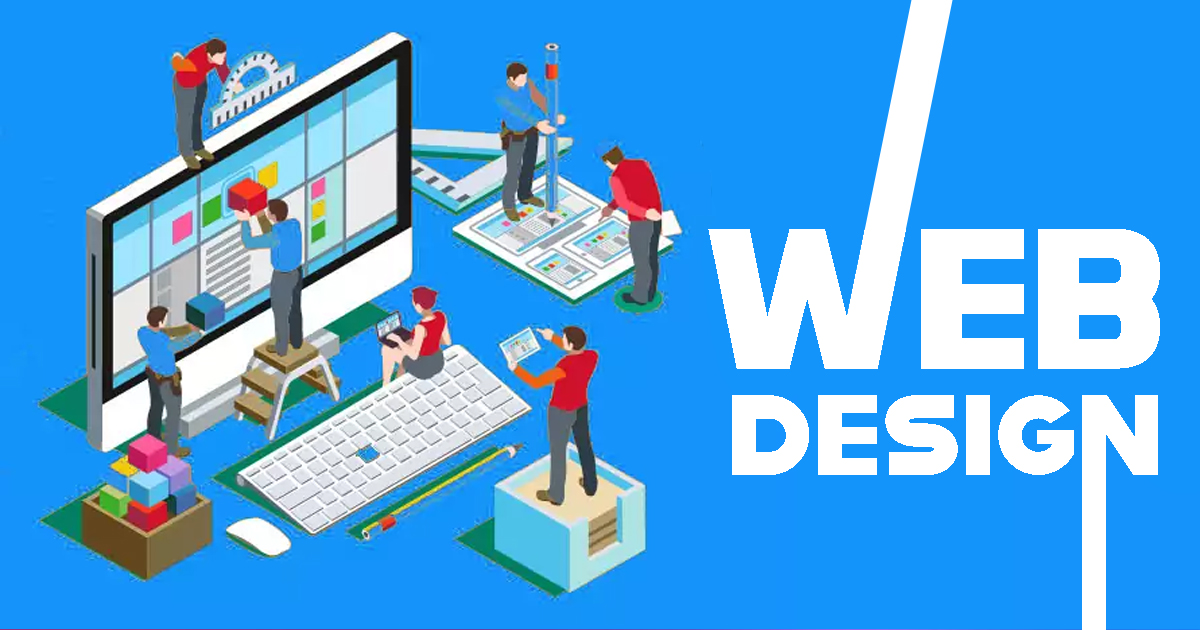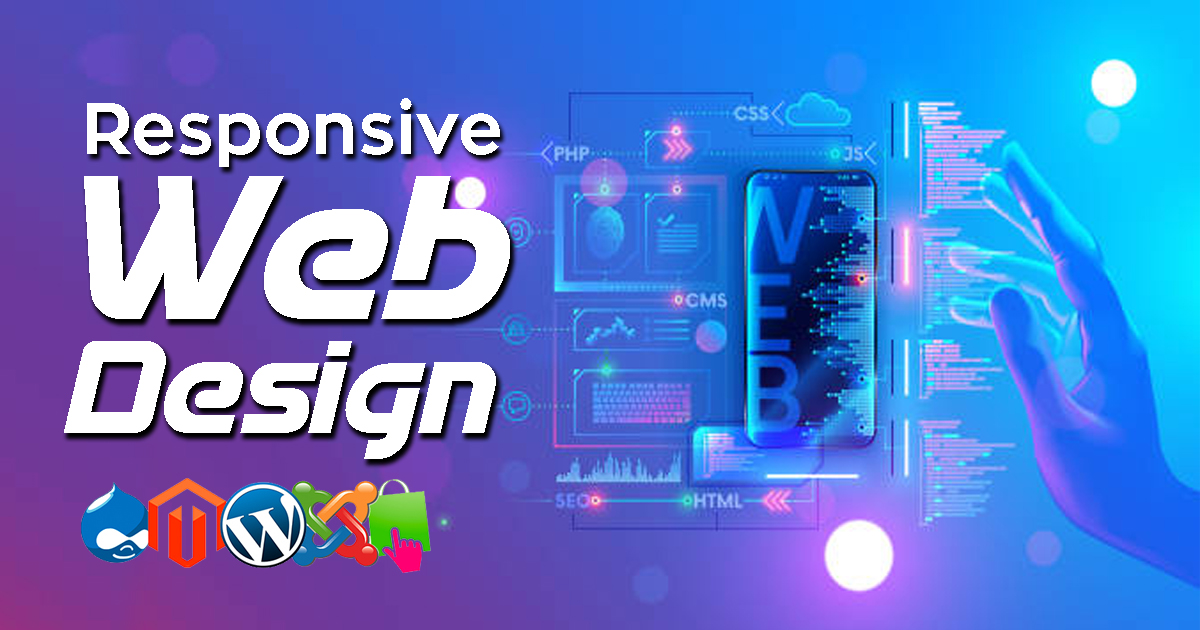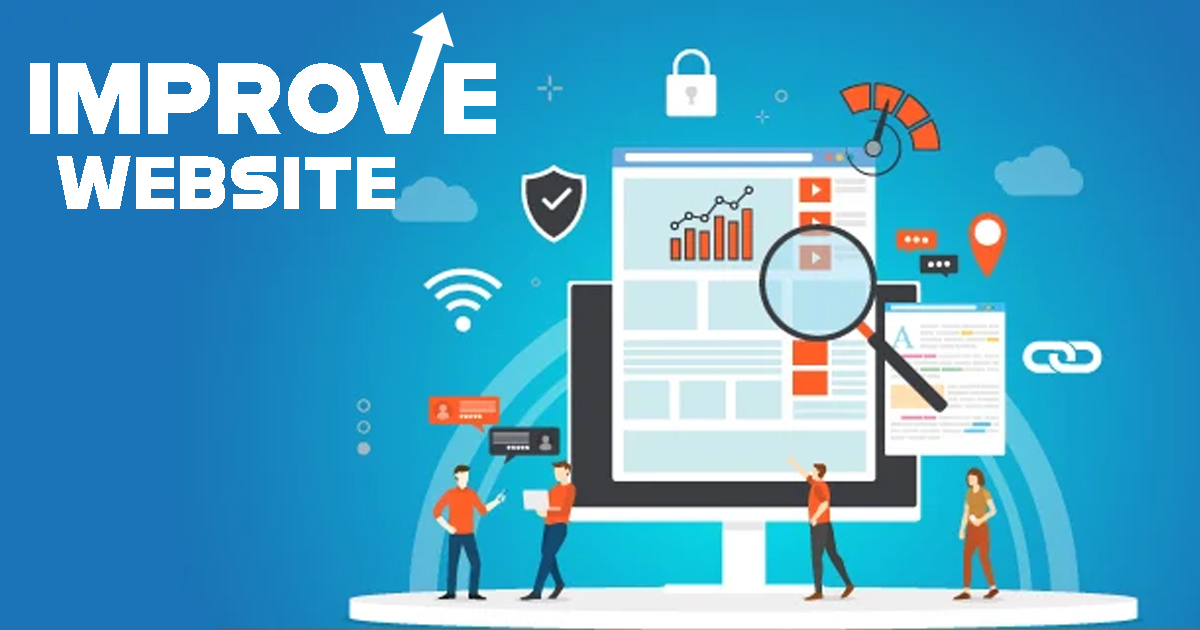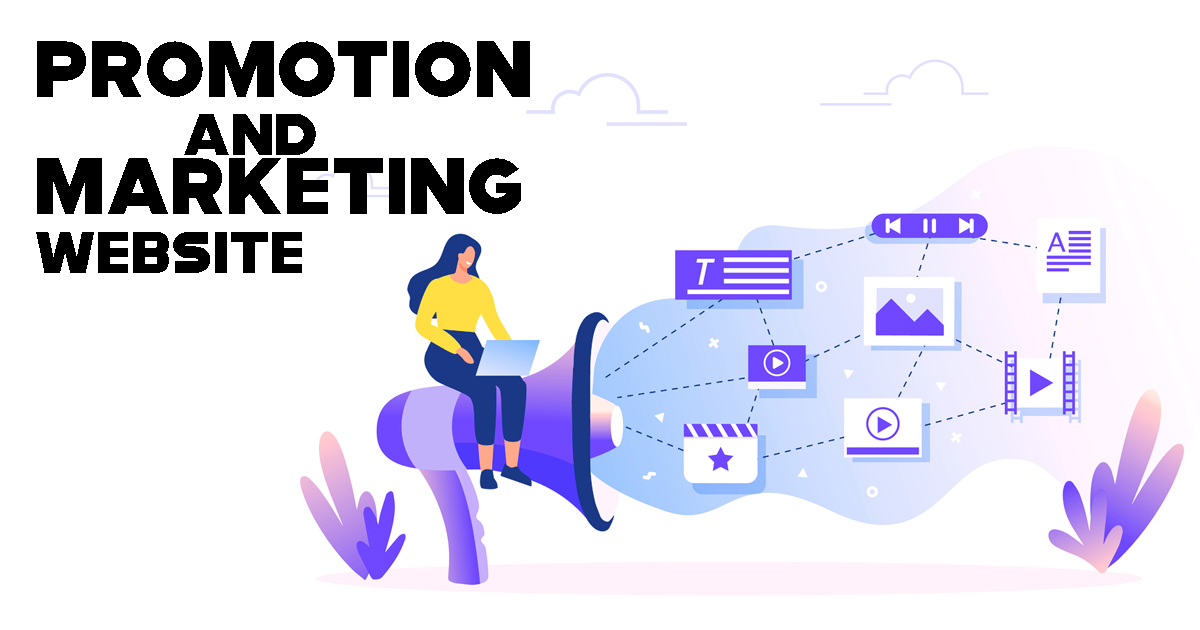Responsive WordPress web designer, to build your Responsive web design.
Get a Responsive WordPress web designer from us and make an excellent and responsible website. Are you seeking a senior and responsive WordPress web designer for your business or portfolio? Then you are in the right place.

We have Responsive WordPress web designer who are freelance web designer experts, and always creative and experienced. Our web designers possess an eclectic background that seamlessly blends artistic finesse with technical prowess. Our responsive WordPress web designer provides not only responsive web design but also, they are providing SEO-friendly web design. We can help beat your competitor and rank your website on Google’s first page using SEO-friendly web design. Their designs are a fusion of elegance and functionality, a dance between form and purpose. Our responsive WordPress web designer are a collaborator, a listener, and problem solver. They posses an innate ability to immerse themselves in the client’s vision. And distill the essence, and transmute it into a digital masterpiece.
Our freelance web designer experts have more experience and knowledge of the Web design industry. And they are top-rated sellers in the biggest international marketplace, such as Fiverr, Upwork, Freelancer, Design Crowd, 99Design many more. We provide you with unlimited revisions until you aren’t 100% satisfied. We are committed to providing the best Web design service at an affordable price.
Our Services from Responsive WordPress web designer:
We provide all kinds of web-related services:
- Custom Web Design
- Website Re-design
- Web Development
- Responsive Design
- E-Commerce Design
- UX/UI Design
- Many More…

Why You Chose Us?
We provide world-class Web design services at affordable prices. We have a team of skilled and experienced responsive WordPress web designer. Worked with a diverse range of clients with 100% satisfaction. We always try to value the customer’s time and money. So, we try to provide them with quality work within a short time. Our main vision is Clint’s 100% satisfaction. That’s why we provide unlimited revisions and our 100% best. We don’t stop until you reach your target. Our web team works closely with you to understand your business objectives and your vision. And deliver personalized results that align with your expectations. With a focus on attention to ranking, quick turnaround times, and your satisfaction. And ultimately helping businesses thrive in the digital landscape. We are committed to providing the best web design service at an affordable price.
How to Order?
To order any kind of web design service from responsive WordPress web designer, please click on our social media site, WhatsApp, or Gmail. And sent us a message. Feel free to share your project details. The more information you provide, the better we can understand your vision.
If we get a chance to help you. It is the best pleasure for us. We are waiting for your knock. Hope we can get a chance to help you.
Learn More About Web Design from Responsive WordPress web designer:
What is Web Design?
Web design refers to the process of creating and designing the visual elements and layout of websites. It encompasses various disciplines, including graphic design, user interface design. And user experience design, and front-end development. The primary goal of web design from responsive WordPress web designer is to create an aesthetically pleasing, functional, and user-friendly website that effectively communicates the desired information or content to its target audience.

Some key aspects of web design include:
1. Graphic Design:
This involves creating visually appealing elements such as logos, images, and icons. And other visual content that enhances the overall look and feel of the website.
2. User Interface (UI) Design:
UI design focuses on designing the interactive elements and components that users interact with, such as buttons, menus, forms, and navigation elements. The goal is to ensure these elements are intuitive, accessible, and easy to use.
3. User Experience (UX) Design:
UX design focuses on optimizing the overall user experience by considering factors. Such as usability, accessibility, and user behavior. It involves understanding the needs and expectations of the target audience. And designing the website to meet those needs effectively.
4. Layout and Structure:
Web designers determine the arrangement of content on web pages. Including the placement of text, images, and other multimedia elements. The layout should be visually balanced, organized, and easy to navigate.
5. Typography:
The choice of fonts, font sizes, and text formatting plays a significant role in web design. Typography contributes to the overall readability and visual appeal of the website.
6. Color Scheme:
The selection of a suitable color palette helps create a visually coherent and engaging website. Colors can evoke emotions, set the tone, and establish brand identity.
7. Responsive Design:
With the increasing variety of devices and screen sizes, responsive design is essential. A responsive website adapts its layout and content to different screen sizes. Ensuring a consistent and optimal user experience across devices.
8. Wireframing and Prototyping:
Before starting the actual design process, web designers often create wireframes. And prototypes to plan the layout and interaction of the website. This helps in testing and refining the design concept before implementation.
9. Front-End Development:
Web design primarily focuses on the visual and interactive aspects. Front-end development involves turning the design into functional code using HTML, CSS, and sometimes JavaScript. This step ensures that the design is translated into a working website.
Web design is a dynamic field that evolves with technology and user preferences. Successful web design involves a combination of creativity, technical skills, and an understanding of user behavior to create engaging and effective online experiences.
Why do you use a website?
The reasons for creating a website can vary widely depending on your goals, interests, and needs. Here are some common reasons why individuals and businesses create websites.
1. Showcasing Work or Portfolio:
If you’re an artist, designer, photographer, writer, or any other creative professional. A website provides a platform to showcase your work and talent to a global audience. This can help attract clients, collaborators, or employers.
2. E-Commerce and Online Selling:
E-commerce websites allow you to sell products or services online, reaching a broader customer base. An online store can provide a convenient way for customers to shop, make purchases, and even track orders.
3. Blogging or Content Creation:
Websites are commonly used as platforms for blogging or content creation. You can share your thoughts, insights, experiences, or stories with a wider audience and potentially engage in discussions with readers.
4. Professional Identity:
Businesses, consultants, and professionals often create websites to establish a professional identity and build credibility. A well-designed website can help potential clients or employers learn about your expertise and offering.

5. Online Presence:
Having a website establishes your online presence, making it easier for people to find information about you or your business. It acts as a digital storefront or business card that potential customers, clients, or partners can access at any time.
6.Information Sharing:
You might create a website to share valuable information, resources, tutorials, guides, or educational content on a specific topic of interest. This could be related to hobbies, skills, or any subject you’re passionate about.
7. Community Building:
Websites can bring together like-minded individuals, creating a platform for community interaction. And also, discussions, and networking. This is particularly useful for forums, support groups, or interest-based communities.
8. Personal branding:
A website can help you build a personal brand by showcasing your skills, expertise, and achievements. This can be beneficial for career advancement, networking, and professional opportunities.
9. Nonprofit and Advocacy:
If you’re involved in a nonprofit organization or advocacy group. A website can serve as a hub for sharing your mission, goals, projects, and fundraising efforts. It helps you connect with potential supporters and volunteers.
10. Event Promotion:
Websites are useful for promoting and providing information about events, conferences, workshops, or any gatherings. You can share event details, schedules, speakers, and registration information.
11. Personal Expression:
some people create websites as a form of personal expression, where they can share their thoughts, experiences, creative works, or hobbies with a wider audience.
12.Innovation and Experimentation:
Creating a website from responsive WordPress web designer can be a way to experiment with new technologies, design trends, or coding techniques. It provides a sandbox for trying out ideas and pushing the boundaries of web development.
Ultimately, your reasons for creating a website depend on your specific goals and aspirations. A website can be a powerful tool for communication, interaction. And achieving various personal, professional, or organizational objectives.
How to build a responsible website?
Building a responsible website by responsive WordPress web designer, involves creating a site that is accessible, inclusive, user-friendly, and ethical. Here’s a step-by-step guide to help you build a responsible website:
1.Planning and Strategy:
- Define your website’s purpose, target audience, and goals.
- Plan the site structure, content hierarchy, and navigation to ensure a clear and intuitive user experience
2. Accessibility:
- Follow Web Content Accessibility Guidelines to make your website accessible to people with disabilities. This includes providing alternative text for images, using proper heading structure, ensuring keyboard navigation, and more.
- Use sufficient color contrast to ensure content is easily readable for all users.
3.Inclusive Design:
- Consider various user needs, including those with different cultural backgrounds, languages, and abilities.
- Provide language options and ensure content can be easily translated.
- Test your website with diverse users to identify potential issues.
4.Performance:
- Optimize images and other media to reduce loading times.
- Minimize the use of third-party scripts and plug-ins that can slow down your website.
- Implement caching and content delivery networks to improve loading speed.
5. Mobile-Friendly Design:
- Ensure your website is responsive and displays properly on various devices, including smartphones and tablets.
- Test your site’s mobile responsiveness using different devices and browsers.
6.Content Quality:
- Create high-quality, accurate, and up-to-date content.
- Use a clear and concise writing style, and organize content for easy readability.
7.Privacy and Security:
- Obtain user consent for collecting personal data and clearly explain how you intend to use it.
- Implement HTTPS to secure data transmission.
- Regularly update and patch your website’s software to prevent security vulnerabilities.

8.Ethical Design:
- Avoid deceptive tactics or dark patterns that manipulate users into taking actions they didn’t intend to.
- Respect user privacy and provide transparent information about data collection and usage.
9.User Testing:
- Conduct usability testing with users to identify any usability issues and make improvements.
- Gather feedback and make iterative improvements based on user input.
10.Regular Maintenance:
- Keep your website’s content and technology up to date.
- Monitor performance and fix any broken links. images, or features promptly by responsive WordPress web designer.
11.Environmental Responsibility:
- Consider the environmental impact of your website, such as energy consumption and carbon emissions.
- Optimize code, use efficient hosting, and consider sustainable practices.
12.Continuous Improvement:
- Continuously gather user feedback and data to make informed decisions for ongoing improvements.
By following these steps, you’ll be well on your way to building a responsible website. That provides a positive user experience for a diverse range of users while considering accessibility, inclusivity, and ethical considerations.
How to improve your website?
Improving a website involves various aspects, including design, user experience, content, performance, and marketing. Here are some steps that share from responsive WordPress web designer. You can take to enhance your website:
1.Set Clear Goals:
Identify the purpose of your website and what you want to achieve. Whether it’s driving sales, generating leads, sharing information, or building a community, clear goals will guide your improvements.
2.User-Centered Design:
- Responsive Design: Ensure your website is mobile-friendly and responsive on different devices.
- Intuitive Navigation: Make it easy for users to find what they’re looking for by organizing content logically.
- Clear Call-to-Actions: Use prominent and engaging CTAs to guide users toward desired actions.
3.Quality Content:
- Relevant and Engaging Content: Regularly update your website with valuable, relevant, and engaging content that addresses your target audience’s needs.
- Visual Content: Incorporate images, videos, infographics, and other visual elements to enhance the user experience.
4.Page Speed Optimization:
- Minimize Image and Media Sizes: Compress images and optimize media files to reduce loading times.
- Use Caching: Implement browser caching and server-side caching to speed up page loading for returning visitors.
- Content Delivery Network: Use a CDN to distribute content across servers globally, improving load times.
5.SEO (Search Engine Optimization)
- Keyword Research: Identify relevant keywords and incorporate them naturally into your content.
- On-Page SEO: Optimize meta tags, headings, URLs, and image alt text for better search engine visibility.
- High-Quality Backlinks: Build high-quality backlinks from reputable websites to improve your site’s authority.
6.User Experience (UX) Enhancements:
- User Testing: Gather feedback from users to identify pain points and areas for improvement.
- A/B Testing: Test different versions of your website elements to determine what resonates best with your audience.
7.Security:
- SSL Certificate: Ensure your website is secure by using HTTPS with an SSL certificate.
- Regular Updates: Keep your website’s software, plugins, and themes up to date to protect against vulnerabilities.
8.Analytics and Tracking:
- Install Analytics Tools: Use tools like Google Analytics to monitor user behavior, traffic sources, and other metrics.
- Conversion Tracking: Set up conversion tracking to measure the effectiveness of your goals and CTAs.

9.Social Media Integration:
- Connect your website to social media platforms to encourage sharing and engagement.
- Social Proof: Display social proof, such as testimonials and reviews, to build trust.
10.Accessibility:
- Ensure your website is accessible to all users, including those with disabilities, by following accessibility guidelines.
11.Regular Updates:
- Continuously monitor and update your website based on user feedback, industry trends, and technological advancements.
12.Content Marketing:
- Create and share valuable content through blog posts, eBooks, webinars, and other mediums to attract and retain visitors.
Remember that improving a website is an ongoing process. Regularly assess its performance, gather user feedback, and adapt to changing trends. And technologies to provide a better experience for your visitors.
How to Promotion and Marketing your website?
Promoting and marketing a website involves a combination of strategies to increase its visibility. And attract visitors, and engage your target audience. Here are some effective methods to promote and market your website:
1.Search Engine Optimization (SEO):
- optimize your website for search engines to improve its ranking in search results.
- Use relevant keywords in your content, titles, meta descriptions, and URLs.
- Create high-quality, valuable content that addresses the needs of your target audience.
- Build high-quality backlinks from reputable websites to increase your site’s authority.
2.Social Media Marketing:
- Create profiles on relevant social media platforms (Facebook, Twitter, Instagram, LinkedIn, etc.)
- Share your content regularly, using eye-catching visuals and engaging captions.
- Interact with your audience by responding to comments, messages, and mentions.
- Use paid advertising on social media platforms to reach a wider audience.
3.Content Marketing:
- Develop a content strategy that includes blog posts, articles, videos, infographics, etc.
- Share valuable and informative content that addresses your audience’s pain points.
- Guest posts on other relevant websites to reach new audiences and build backlinks.
4.Email Marketing:
- Build an email list by offering valuable content in exchange for email subscriptions.
- Send regular newsletters containing updates, promotions, and valuable information.
- Personalize your emails to make them more relevant to your subscribers.
5.Pay-Per-Click (PPC) Advertising:
- Set up PPC campaigns on platforms like Google Ads or Bing Ads.
- Create targeted ads that appear when users search for specific keywords.
- Monitor and adjust your campaigns based on performance data.

6.Influencer Marketing:
- Partner with influencers in your niche to promote your website or products.
- Influencers can create content or reviews that reach their engaged audience.
7.Online Communities and Forums:
- Share your expertise and engage in meaningful conversations.
- Participate in relevant online communities, forums, and discussion groups.
- Include a link to your website in your forum signature or when relevant.
8.Collaborations and Partnerships:
- Collaborate with other websites, businesses, or bloggers in your industry.
- Cross-promote each other’s content or products to reach a wider audience.
9.Referral and Affiliate Programs:
- Offer referral incentives to your existing customers for bringing in new visitors or customers.
- Set up an affiliate program where others can promote your products or services for a commission.
10.Offline Promotion:
- Include your website URL on business cards, flyers, brochures, and other marketing materials.
- Attend relevant industry events, conferences, or trade shows to network and promote your website.
11.Local SEO:
- Optimize your website for local searches by including location-specific keywords.
- Create and optimize a Google My Business listing.
12.Press Releases and Media Coverage:
- Write and distribute press releases about significant updates, events, or achievements.
- Reach out to journalists or bloggers to cover your story or feature your website.
Remember, the key is to have a well-rounded marketing strategy that combines several of these methods. Regularly monitor your efforts, analyze data, and adjust your strategy based on what works best for your specific target audience and goals.
How to engage the website with the audience?
Engaging your website audience is crucial for building a strong online community. And fostering loyalty, and encouraging repeat visits. Here are some effective strategies to engage your website’s audience:
High-Quality Content:
- Create valuable, informative, and entertaining content that resonates with your target audience.
- Maintain s consistent posting schedule to keep your audience coming back for new content.
- Use a variety of content formats such as articles, videos, infographics, podcasts, and interactive elements.
Interactive Features:
- Incorporate interactive elements like quizzes, polls, surveys, and contests to encourage participation.
- Allow users to comment on your content and respond to their comments promptly.
Personalization:
- Tailor content recommendations based on user preferences and browsing history.
- Send personalized email newsletters and offers to your subscribers.
Community Building:
- Create a forum, discussion board, or comment section where users can engage with each other
- Encourage users to share their experiences, opinions, and insights related to your content.
Social Media Engagement:
- Use social media platforms to connect with your audience, share updates, and respond to comments and messages.
- Host live chats, Q&A sessions, or Twitter/Instagram takeovers to interact directly with your audience.
User-Generated Content:
- Encourage users to create and share their content related to your website’s theme.
- Showcase user-generated content on your website and social media accounts.
Feedback and Surveys:
- Seek feedback from your audience about their preferences, needs, and suggestions.
- Conduct surveys or polls to involve your audience in decision-making processes.
Educational Resources:
- Offer educational resources, tutorials, and guides that empower your audience and solve their problems.
Exclusive Content and Membership:
- Create a membership or subscription model that offers premium content, early access, or special perks.
- Provide exclusive content or resources to reward loyal visitors.

Visual Appeal:
- Use visually appealing design and multimedia elements to enhance the user experience.
- Incorporate images, videos, and graphics to make your content more engaging.
Storytelling:
- Share personal stories, anecdotes, and experiences to create a more relatable and emotional connection with your audience.
Regular Communication:
- Maintain open lines of communication through email newsletters, social media updates, and blog posts.
- Keep your audience informed about upcoming events, product launches, or changes to your website.
Collaborations and Partnerships:
- Collaborate with other influencers, bloggers, or brands to introduce fresh perspectives and attract new audiences.
Responsive Design:
- Ensure your website is optimized for mobile devices to provide a seamless experience for users on different platforms.
Remember that engagement takes time to build, so be patient and consistent in your efforts. Pay attention to your audience’s feedback, preferences, and behavior. And adapt your engagement strategies accordingly. The more you actively involve your audience and make them feel valued. The stronger your website’s community will become.
Thank you for visit our web site “Creative Server“.
Note: Some information collect from Wikipedia.

